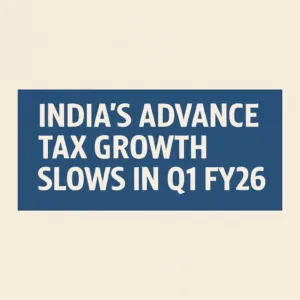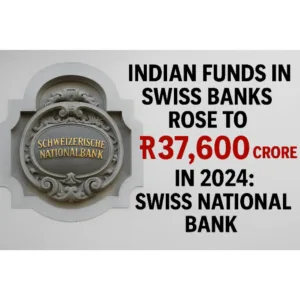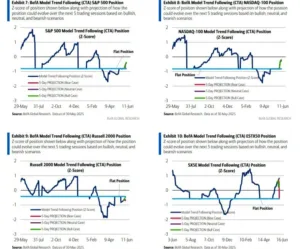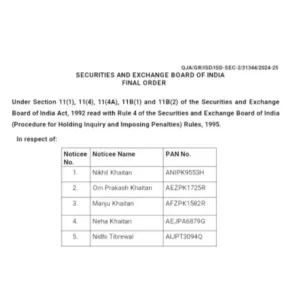India is set to emerge as one of the best-performing emerging markets in 2025, according to reports from Morgan Stanley and Goldman Sachs. The two global investment banks highlight India’s robust macroeconomic stability, supported by favorable terms of trade, effective inflation targeting, and a reliable source of domestic risk capital.
Sensex to Gain 18% by Year-End
Morgan Stanley projects an 18% upside for the BSE Sensex by December 2025. This forecast is based on strong domestic growth, fiscal consolidation, increased private investments, and a favorable real growth-to-real rates gap. The brokerage assumes modest interest rate cuts, a supportive liquidity environment, and benign oil prices as part of its base-case scenario.
Earnings for Indian companies are expected to grow at a compounded annual rate of 17.3% through FY2027, driven by a structural rise in discretionary consumption, corporate balance sheet re-leveraging, and a private capital expenditure cycle.
Goldman Sachs also expects Indian equities to deliver strong returns, forecasting earnings growth of 18-20% annually over the next four to five years. These growth drivers have reduced India’s correlation with global equity markets, with its beta to emerging markets now at 0.4, justifying its premium valuations.
Key Growth Drivers
India’s macroeconomic stability is attributed to several factors:
– Fiscal Consolidation: The government’s focus on reducing the primary deficit to zero is a priority and is likely to be reiterated in the upcoming budget.
– Infrastructure Spending: Increased expenditure on infrastructure, along with reforms in GST rates and direct taxes, is expected to support economic stability.
– Energy Transition: Policies promoting cleaner energy sources and sustainability will play a key role.
– Private Investment Boom: A new cycle of private capital expenditure and corporate re-leveraging is set to propel growth further.
Both banks note that India’s domestic capital markets have matured, with initial public offerings now accounting for 1.3% of GDP, up from previous lows, and expected to rise further.
Interest Rate Outlook
Morgan Stanley anticipates the Reserve Bank of India (RBI) will cut interest rates by 50 basis points in early 2025, with two consecutive cuts of 25 basis points each. The RBI is committed to ensuring durable liquidity, and regulatory tightening may ease in the weeks ahead.
Goldman Sachs expects headline inflation to average 4.2% in 2025, with food inflation at 4.6%. Favorable rainfall and strong agricultural output are expected to mitigate inflationary pressures, although weather-related supply shocks remain a risk.
Portfolio Strategy
Goldman Sachs advises investors to favor cyclicals over defensives and prioritize small and mid-cap stocks over large caps. Sectors like financials, consumer discretionary, industrials, and technology are expected to perform well.
Global Risks and Impacts
While India’s economy and markets have become less correlated with global trends, external factors such as policy actions in the US and China, geopolitical developments, and global conflicts could still influence Indian stocks. Both banks highlight that robust domestic growth and stable governance will help cushion the economy against potential global shocks.
Long-Term Outlook
India’s long-term growth remains intact, with Goldman Sachs forecasting an average GDP growth of 6.5% between 2025 and 2030. Stable governance and favorable demographics are expected to underpin this growth.
The structural reforms, fiscal prudence, and focus on sustainable economic policies make India an attractive investment destination. Both Morgan Stanley and Goldman Sachs remain optimistic about India’s prospects, cementing its position as a leading emerging market.
Bringing you the latest updates on finance, economies, stocks, bonds, and more. Stay informed with timely insights.
















Be First to Comment